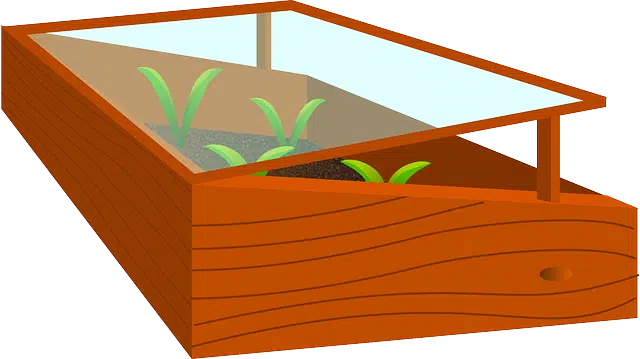
A greenhouse can be considered an artificial ecosystem.
An ecosystem is a specific environment where the vital processes of a group of living beings are interrelated. Biotic factors (such as animals, plants and microorganisms) and abiotic factors (air, water) are part of that shared environment.
The interdependent organisms that make up this unit establish food chains , which are flows of energy and nutrients produced through nutrition (a species feeds on the one that precedes it in the chain and, at the same time, is eaten by the one that follows it. ).
Classification according to type
The notion of ecosystem is generally associated with the natural ecosystem , where the biotic and the abiotic are in balance without human intervention. In any case, it should be noted that artificial ecosystems exist, which are created by humans and do not exist in nature . A greenhouse, a dam, and a fish tank, for example, are examples of artificial ecosystems.
The broadest acceptance of the concept of artificial ecosystem includes urban settlements such as cities , although these present several differences from natural ecosystems.

The different aspects of an artificial ecosystem can be altered by humans.
Characteristics of an artificial ecosystem
Among the main hallmarks of any artificial ecosystem we have to say that is the fact that any aspect or condition of the aforementioned ecosystem can be modified by the will and action of man. In this way, for example, the soil would be one of those modifiable conditions since the human being alters it with fertilizers, changes the crops that grow in it...
Another of the main characteristics that an artificial ecosystem has is the fact that in it the individual needs to provide himself with artificial energy sources, in addition to what he has through the Sun. And it is thanks to those that he will be able to operate the different devices you have to survive such as boilers or lighting.
Biotic and abiotic factors
Likewise, we must not forget that within this type of ecosystem that we are analyzing in greater depth there are a series of elements that are called biotic or abiotic. Specifically, three large groups are established:
Biotic factors. This classification includes both the animals that are raised there and the plants that are grown.
Natural abiotic factors. For its part, under this name are such elements of Mother Nature as earth, water, rain or air.
Abiotic factors. In this case, this term refers to constructions carried out by man such as homes, dams, bridges or buildings in general.
From a natural ecosystem to an artificial ecosystem
The modification of a natural ecosystem by man can also generate an artificial ecosystem. A natural ecosystem that suffers the extinction of a species due to human action already loses its original condition, so it can be considered an artificial ecosystem or, at least, a modified natural ecosystem .
It must be taken into account that the modification of natural ecosystems usually brings consequences such as desertification and the emergence of pests , affecting biodiversity and nature's resources.
